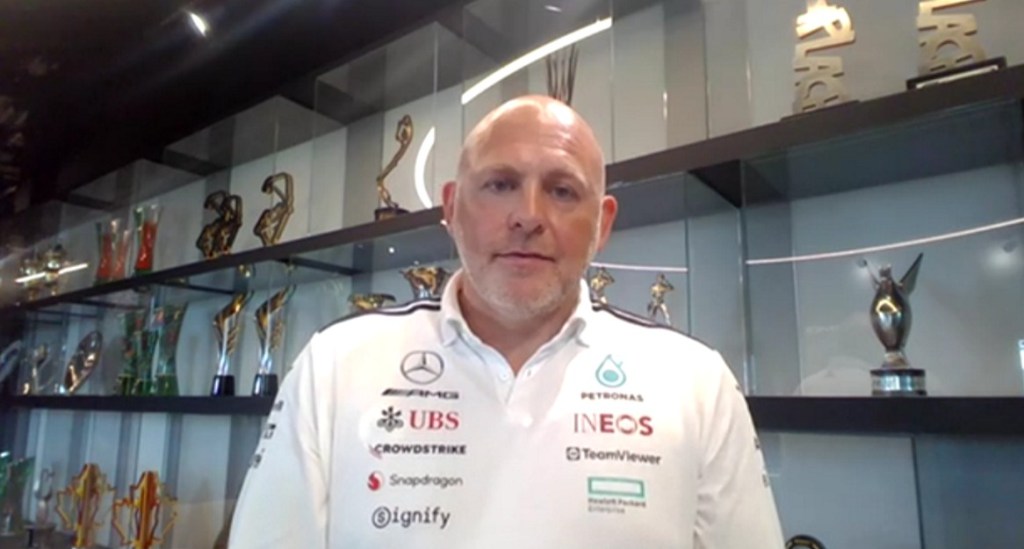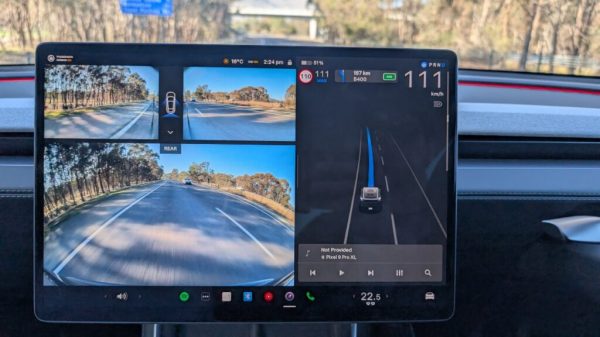Review: DJI Power Battery 2000 – The Essential Gadget for Content Creators in 2025
We independently review everything we recommend. When you buy through our links, we may earn a commission which is paid directly to our Australia-based writers, editors, and support staff. Thank you for your support!
Quick Overview
- DJI’s Power 2000 is a portable, stackable battery with a capacity of 2048Wh and an output of 3kW.
- Its expandable design permits a total capacity of up to 22,528 Wh by linking several units together.
- Perfect for content creators, featuring 4 AC outlets, 4 USB-C, and 4 USB-A ports.
- Notable features include weather resistance, mobile app integration, and extremely rapid charging.
- Offered in Australia for A$2,409 with bundle options for additional accessories.
Construction
The DJI Power Expansion Battery 2000 showcases a robust, scratch-resistant grey casing, embodying DJI’s renowned aesthetic found in their drones and gimbals. With dimensions of 448.5 × 225 × 234 mm and a weight of 13kg, the battery centralizes all ports on one side for convenient access. Built-in handles improve its portability, and the stackable structure provides a flat surface on top, ideal for resting devices while they charge. The Power Series Hand Truck facilitates the secure transport of multiple stacked units, while the optional 200W solar panel enables environmentally-friendly charging.
Functionality
The Power 2000 consistently delivers a power output of 3kW, making it ideal for power-hungry devices. Its LFP cells ensure long-lasting dependability, with the ability to charge from 0-80% in just 45 minutes. It can recharge a mobile phone 144 times or supply power to a projector for 18 hours, fulfilling various device energy requirements.
Attributes
DJI’s Power 2000 includes several features:
- Stackable Structure: Connect multiple units for greater capacity without additional footprint.
- Water Resistance: An IP54 rating guarantees functionality in harsh Australian environments.
- SDC Ports: Quick charging for DJI drones and accessories, enabling solar and car charging.
- App Connectivity: Bluetooth and Wi-Fi connectivity for remote management and updates.
- Rapid Recharge: Achieves 80% charge in 55 minutes, promoting sustainable energy usage.
- High Power Output: Stable 3000 W AC output for demanding appliances.
- Quiet Functioning: Operates at 23-30 dB, suitable for quiet indoor settings.
- Expandable Capacity: Accommodate up to ten units for a substantial 22,528 Wh capacity.
- Safety Mechanisms: Intelligent BMS ensures protection against overcharging, deep discharging, and temperature issues.
- UPS Mode: Can serve as an uninterruptible power source for essential devices.
Challenges and Prospects
Despite the numerous strengths of the DJI Power 2000, there are areas that could be improved. The absence of direct vehicle charging capabilities without extra accessories is a limitation, and the fixed-height handle on the trolley may restrict transportation ease. Enhancements in these aspects could improve user satisfaction.
Cost and Accessibility
Priced at A$2,409 in Australia, the Power 2000 represents a considerable investment but delivers significant advantages for campers and content creators. Bundle options offer savings on accessories, accommodating a variety of requirements and circumstances.
Conclusion
The DJI Power 2000 stands out as a reliable choice for those requiring dependable, scalable power solutions. It is perfect for content creators and adventurers alike, providing vital features for contemporary power demands, making it a wise investment for prolonged usage.
Recap
The DJI Power 2000 battery system presents a high-capacity, stackable solution for a range of power requirements, with attributes such as quick charging, weather resistance, and mobile app connection. While certain drawbacks exist, its advantages render it a practical tool for both personal and professional applications in Australia.
















